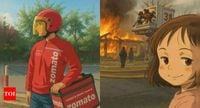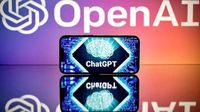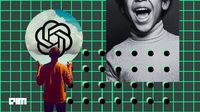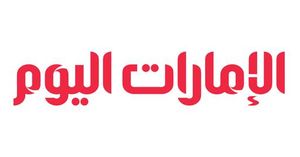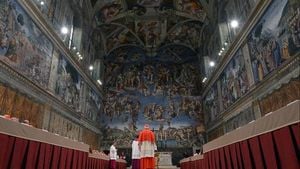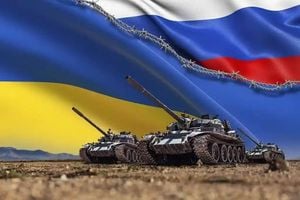OpenAI has unveiled a significant update to its ChatGPT platform, introducing native image generation capabilities in the GPT-4o model. Announced on March 25, 2025, this feature allows users to create a wide array of images, including infographics, comic strips, memes, and user interfaces, all based on simple text prompts. The update marks the first major enhancement in over a year and is set to change how users interact with AI-generated content.
With the new "Images in ChatGPT" feature, users can not only generate images but also refine and edit them using follow-up instructions. This flexibility opens up exciting creative possibilities for individuals and businesses alike. OpenAI has made this feature available to subscribers of its Plus, Pro, Team, and Free plans, with Enterprise and Edu plans expected to gain access shortly. However, the rollout of the image generator for free users has been delayed due to overwhelming demand.
CEO Sam Altman acknowledged the unexpected popularity of the new tool, stating in a post on March 26 that the rollout to free users will take longer than anticipated. While this may be disappointing for some, the native image generation capabilities are already impressing users across various sectors. The GPT-4o model is designed to generate images using its inherent knowledge, eliminating the need for external diffusion models like OpenAI's DALL-E. Users can still access DALL-E for image generation if desired.
“Creating and customizing images is as simple as chatting using GPT-4o – just describe what you need, including any specifics like aspect ratio, exact colors using hex codes, or a transparent background,” OpenAI stated in its announcement. This ease of use has led to a surge of creativity on social media, with users sharing their AI-generated creations. For instance, Tobias Lutke, CEO of Shopify, expressed his astonishment on X (formerly Twitter) after the model successfully described the anatomy of an unknown animal on his son’s t-shirt. “How is this even real?” he remarked.
Among the standout features of GPT-4o is its ability to transform everyday photos into the whimsical style of Studio Ghibli, a renowned Japanese animation studio celebrated for its lush backgrounds and nostalgic storytelling. This feature has sparked a viral trend online, with users flooding social media with their Ghibli-fied creations. OpenAI CEO Sam Altman even joined the fun, swapping his profile picture for a Ghibli-style rendition of himself, humorously commenting on the unexpected popularity of the feature.
Moreover, GPT-4o’s enhanced image editing capabilities allow users to modify existing images by inpainting details such as background and foreground elements. This means that images can be refined in real-time through a conversational interface, making iterative adjustments more intuitive. The model boasts superior "binding" capabilities, ensuring it maintains the correct relationships between attributes and objects in a given prompt. While many AI image generators struggle with accurately depicting complex scenes, GPT-4o can handle between 15-20 objects while maintaining accuracy.
OpenAI's commitment to ethical considerations in AI development is evident in its training process for GPT-4o. The model was trained using publicly available data and proprietary datasets obtained through partnerships with companies such as Shutterstock. OpenAI has also implemented measures to address copyright issues, providing an opt-out form for artists who wish to exclude their work from future training datasets. Despite these precautions, GPT-4o-generated images will not feature visible watermarks indicating AI creation; however, all generated images will include C2PA metadata to mark them as AI-generated.
The introduction of native image generation in GPT-4o comes at a time of increasing competition in the AI image-generation space. Google recently launched native image generation in its Gemini 2.0 Flash AI model, which has faced criticism for its lack of guardrails, enabling users to remove watermarks and generate potentially infringing content. In contrast, OpenAI claims to have stricter safeguards to prevent direct imitation of living artists’ work and copyrighted material.
As the technology evolves, the ability to generate visually coherent, contextually accurate images within an interactive chat interface could redefine how users create and interact with AI-generated content. OpenAI positions ChatGPT not just as a conversational AI but as a powerful multimodal tool capable of seamlessly integrating text, images, and future media formats.
In summary, the launch of native image generation capabilities in GPT-4o represents a significant leap forward in AI technology. With its user-friendly interface and impressive creative potential, GPT-4o is set to empower users to explore new artistic avenues and enhance their digital content creation processes. As OpenAI continues to innovate, the possibilities for AI-generated imagery are bound to expand, offering exciting opportunities for users across various fields.

